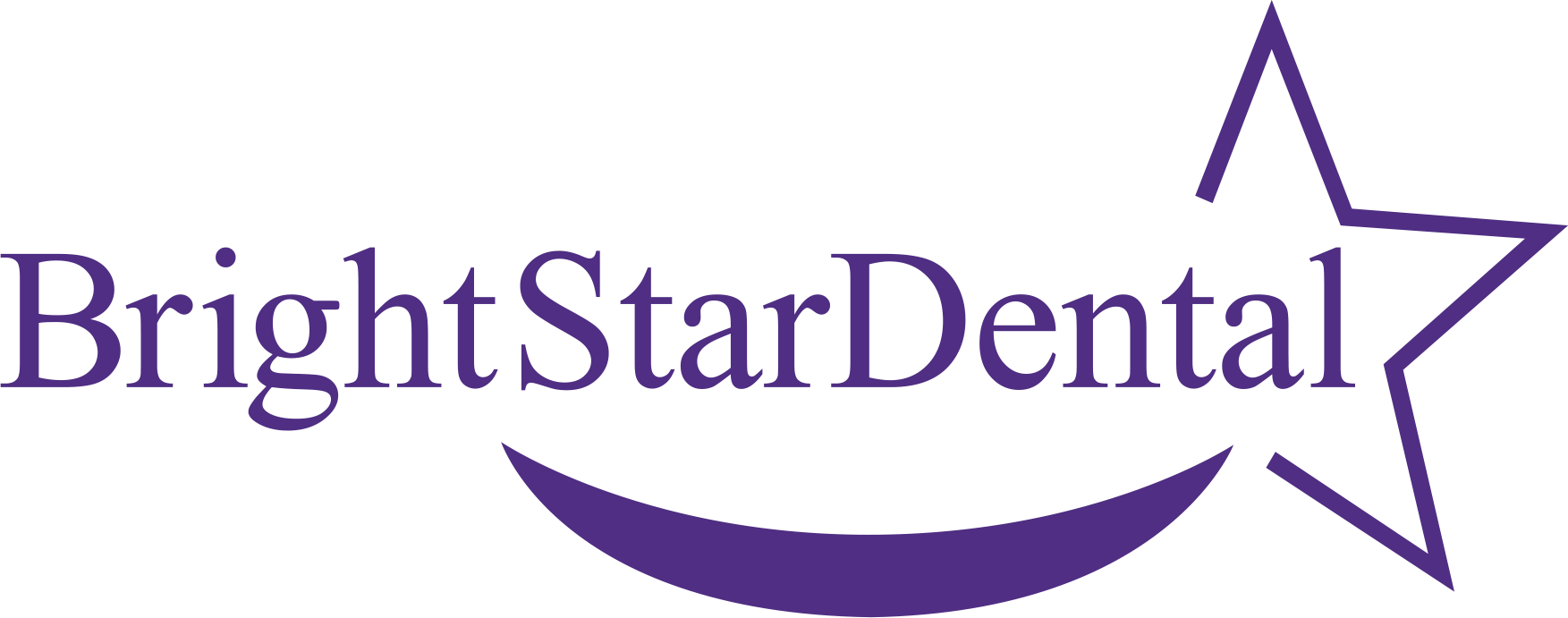Dental professionals agree that effective removal of plaque, the film of bacteria (also called a biofilm) that gathers on everyone’s teeth, is the key to good dental health. Daily brushing and flossing are the usual recommendation for plaque removal. It is important to ask us about effective brushing and flossing. At your next appointment, ask us for a demonstration.
Effective brushing removes plaque from the easily accessed surfaces of the teeth. To remove plaque from between the teeth, you must floss.
Some people find it awkward to hold the floss with their fingers as they move it around their teeth. One technique for flossing, suggested by a dentist in Dear Doctor magazine, may make it easier than more traditional methods, although it does take a little practice.
Preparation
This method requires tearing off a 10 to 12 inch length of floss and tying it to form a circle big enough for your fingers, but not your thumbs, to fit within it. The circle should be knotted with a double knot.
To Clean Teeth and Gums
Keep the floss taut at all times, with about and inch or less between your thumb and index fingers for your upper teeth, or index fingers only for your lower teeth. Curve the floss around each tooth and gently move it up and down until you hear a squeaky clean sound. Extend the downward movement of the floss to just below the surface of the gum, without being too harsh and causing injury. As you move from tooth to tooth, move around the floss circle so that each tooth gets a clean section of floss.
Upper Teeth
Place all your fingers in the ring, with the floss over your left thumb and right index finger to floss your upper left teeth, and over your right thumb and left index finger to do the other side.
Lower Teeth
Use both index fingers to floss all your lower teeth.
You may only need to floss once a day before or after brushing to keep your gums health and ward off periodontal (gum) disease. Your dentist will guide you as to how often you may need to floss your teeth. Try this technique and see how it works for you.
Contact us today to schedule an appointment to discuss your questions about flossing techniques. You can also learn more by reading the Dear Doctor magazine article “Flossing — A Different Approach.â€
